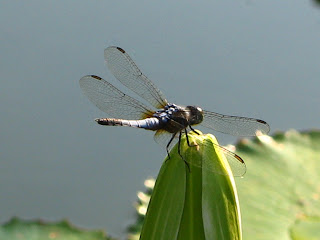

Tan Hoon Siang Misthouse: Unknown to most people, Tan Hoon Siang was a descendant of Tan Tock Seng (founder of Tan Tock Seng Hospital and a philanthropist). The misthouse house contains a colourful collection of different hybrids. It also has a small collection of fragrant orchids like Vanda Mimi Plamer.
Lady Yuen-Peng McNeice Bromeliad House: Named in honour of its sponsor, the Bromeliad showcases plant from the Bromeliaceae family. Pineapple is a famous member of the bromeliad family. "The unique collection of bromeliads on display was acquired from Shelldance Nursery in the United States in 1994".
Coolhouse: The Cool House tries to recreate the environment of a tropical highland forest and so it showcases orchids that are normally only found in the tropical highland areas

















































